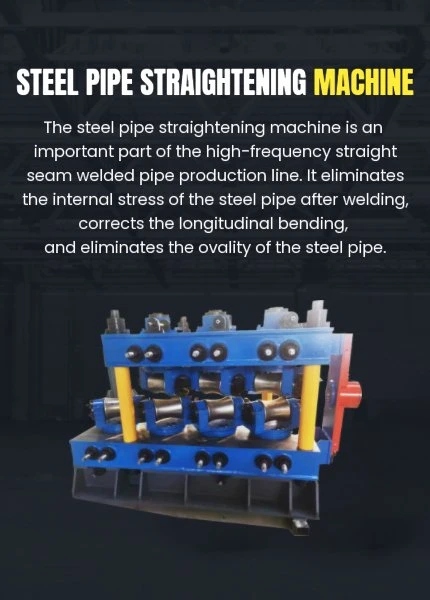Innovations in Cold Rolling Mill Technology for Enhanced Metal Processing Efficiency
The Cold Roll Mill Process An Overview
The cold roll mill process is an essential facet of the manufacturing industry, particularly in the production of metal sheets and strips. This process involves rolling metal at temperatures below its recrystallization point, which is usually done at room temperature. The primary purpose of cold rolling is to create products with enhanced mechanical properties and improved surface qualities, making it vital for various applications.
The Cold Rolling Process
The cold rolling process begins with coils of hot-rolled steel, which are either directly obtained from a hot strip mill or stored from previous production batches. These hot-rolled coils undergo a series of operations to transform them into cold-rolled sheets or strips. Initially, the coils are unwound and fed into the cold mill, where they pass between heavy-duty rolls. As the rollers apply pressure, the thickness of the metal decreases while its length increases.
Cold rolling is typically performed in several passes to achieve the desired thickness and surface finish. The process also incorporates various techniques, such as reversing mills and tandem mills. In a reversing mill, the metal is rolled in one direction and then passed back through the rolls to achieve the desired thickness. In a tandem mill, multiple rolls are arranged in series, allowing for continuous processing of the metal without needing to stop and reverse.
Advantages of Cold Rolling
One of the primary benefits of cold rolling is the significant improvement in the mechanical properties of the steel. The process increases strength and hardness through strain hardening, whereby the grain structure of the metal is altered. This characteristic makes cold-rolled products suitable for applications that require high strength and durability, such as automotive components, construction materials, and household appliances.
Additionally, cold rolling enhances the surface finish of the metal. The resulting products have a smooth and uniform surface that can be further processed or coated for aesthetic and protective purposes. The improved surface quality results in better adhesion for paint and coatings, which is crucial for many industries.
cold roll mill

Applications of Cold-Rolled Products
Cold-rolled steel is widely used across various sectors. In the automotive industry, it is utilized in manufacturing body panels, frames, and structural components that require high strength coupled with weight savings. The construction industry relies on cold-rolled products for structural steel components, roofing sheets, and cladding materials, which all contribute to the overall strength and durability of buildings.
In the appliance sector, cold-rolled steel is favored for items like refrigerators, washing machines, and dry cleaning machines due to its smooth finish and ability to be easily coated. Furthermore, electrical applications benefit from cold-rolled steel, particularly in making transformers and electrical enclosures.
Innovations and Future of Cold Rolling
The cold rolling industry is continuously evolving, with new technologies enhancing productivity and efficiency. Innovations such as computerized control systems and advanced sensors have led to improved monitoring and adjustments during the rolling process. These advancements ensure consistent quality while minimizing material waste.
Sustainability has also become a significant focus within the industry. Manufacturers are exploring ways to reduce energy consumption and recycle scrap metal generated during the cold rolling process. The adoption of environmentally friendly practices will not only help meet regulatory standards but also appeal to increasingly eco-conscious consumers.
Conclusion
In conclusion, cold roll mills play a crucial role in the manufacturing of high-quality metal products. The cold rolling process improves mechanical properties, enhances surface quality, and expands the range of applications for steel products. With ongoing innovations and a push towards sustainability, the cold roll mill industry is poised for continued growth and development, meeting the demands of modern manufacturing while addressing environmental concerns. As this sector evolves, it will remain foundational to various industries, feeding into the global economy and facilitating technological advancements.
-
High Frequency Straight Seam Welded Pipe Production Line-BzZhou Xinghua Machinery Equipment Manufacturing Co., LTD.|Precision Welding, High EfficiencyNewsJul.30,2025
-
High Frequency Straight Seam Welded Pipe Production Line|BzZhou Xinghua|Precision Welding&EfficiencyNewsJul.30,2025
-
High Frequency Straight Seam Welded Pipe Production Line - BzZhou Xinghua|Precision Engineering&EfficiencyNewsJul.30,2025
-
High-Frequency Straight Seam Welded Pipe Production Line-BzZhou Xinghua Machinery Equipment Manufacturing Co., LTD.NewsJul.30,2025
-
High-Frequency Straight Seam Welded Pipe Production Line-BzZhou Xinghua Machinery Equipment Manufacturing Co., LTD.|Precision Manufacturing, High EfficiencyNewsJul.30,2025
-
High Frequency Straight Seam Welded Pipe Production Line-BzZhou Xinghua Machinery Equipment Manufacturing Co., LTD.|Precision Steel Pipe Manufacturing&Industrial EfficiencyNewsJul.29,2025


